Understanding Materials Used in Tactical Equipment
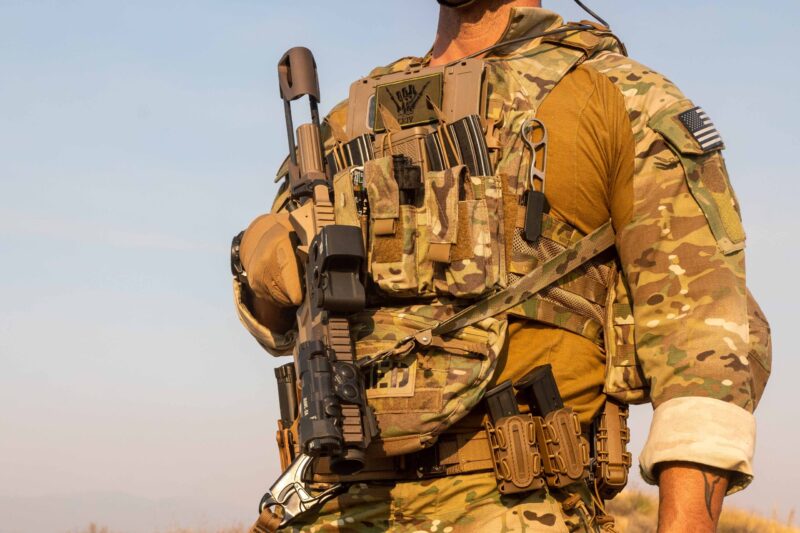
In the tactical gear world, performance matters most. Military operators, law enforcement personnel, and outdoor professionals rely on this equipment, which must withstand the most unforgiving environments while operating flawlessly under stress. Not only its design but also the material it’s composed of often differentiates high-performance equipment.
Understanding these materials helps you make smart choices. This applies to setting up a team, picking equipment for fieldwork, or buying gear that you can rely on.
The Materials’ Role in Tactical Gear Design
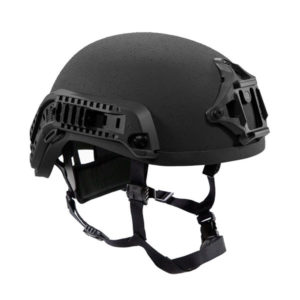
Before examining the particular fabrics and composites used in tactical gear, it is essential to understand why the selection of materials is a crucial aspect of the design process. Tactical situations are often unexpected. Gear needs to be durable, able to withstand tough conditions, and protect against physical threats. At the same time, it must be functional, comfortable, and adaptable.
Material properties such as tensile strength, abrasion resistance, water repellency, weight, and thermal stability are factored into every decision. Tactical gear isn’t designed for aesthetics — it’s built with a specific purpose. From textiles used in plate carriers to composites in ballistic helmets, the selection process begins with the mission in mind.
Materials are chosen based on the following criteria:
- Durability: Can the gear handle rugged terrain, sharp objects, and repeated use?
- Weight: Is the material lightweight enough for mobility yet strong enough to perform?
- Environmental resistance: Will it resist moisture, heat, cold, or chemical exposure?
- Protection level: Can it stop or resist ballistic, stab, or impact threats?
- Comfort and flexibility: Does it allow for natural movement and breathability?
10 Most High-Quality Materials Used for Tactical Gear
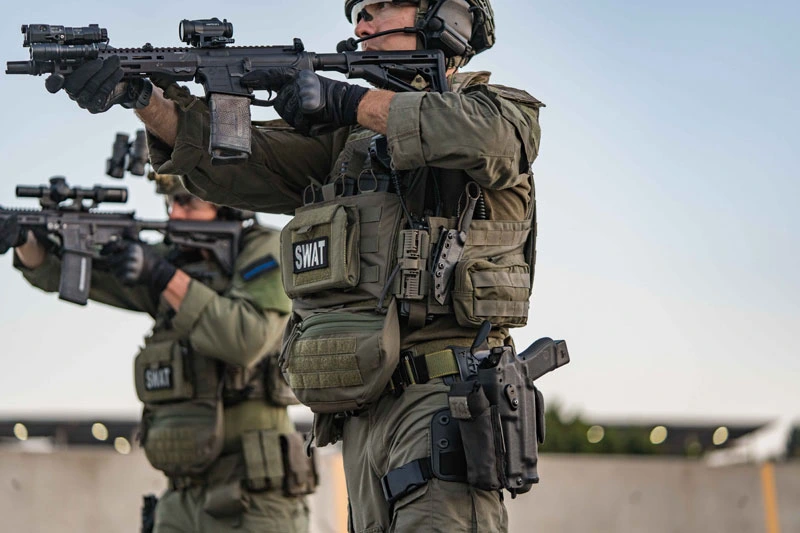
Let’s examine the most commonly used materials in tactical gear and their functional contributions.
1. Nylon: The Tactical Industry Standard
Nylon is the backbone of modern tactical fabrics. Known for its high strength-to-weight ratio, it provides the durability and resilience required in demanding environments. It’s resistant to abrasions and tearing, making it a popular choice for tactical backpacks, vests, and pouches.
Two denier weights are commonly used in tactical gear:
- 500D nylon, which strikes a balance between durability and lighter weight, is favored for mobility-focused gear.
- 1000D nylon offers enhanced resistance to wear and tear, making it a preferred choice for high-impact zones or heavy-duty applications.
Nylon’s adaptability extends further when treated with polyurethane or DWR (Durable Water Repellent) coatings, which enhance water resistance without sacrificing breathability.
2. Cordura®: Reinforced Strength and Longevity
Cordura® is a brand of high-performance nylon fabrics that have earned a reputation in both military and commercial applications. Engineered to last longer than traditional fabrics, Cordura® combines rugged durability with resistance to abrasions, tears, and scuffs.
It is commonly used in tactical uniforms, boots, and load-bearing equipment where long-term exposure to friction or the elements is expected. While more expensive than generic nylons, Cordura® brings long-term value due to its exceptional wear resistance and structural integrity.
3. Ballistic Nylon: Heritage Meets Performance
Originally developed during World War II for use in flak jackets, ballistic nylon is a densely woven fabric engineered for exceptional strength and impact resistance. While not inherently bulletproof, it serves as a protective outer layer in high-abrasion areas of tactical gear, such as in belts, packs, and armor carriers.
It’s characterized by a smooth finish and high denier (usually 1050D), which provides superior durability at the expense of some flexibility. While modern ballistic materials have evolved, ballistic nylon remains a staple where toughness is paramount.
4. Kevlar®: Industry Standard for Ballistic Protection
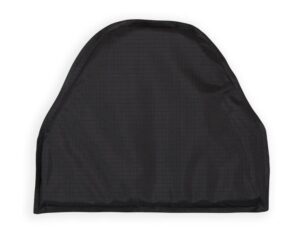
Kevlar® is synonymous with ballistic protection. It is a para-aramid synthetic fiber renowned for its exceptional tensile strength and ability to absorb and dissipate energy, making it highly effective in soft armor and ballistic panels.
Commonly found in body armor, helmets, gloves, and even tactical boots, Kevlar offers excellent heat resistance and cut protection as well. However, it does have limitations — prolonged exposure to UV rays and moisture can degrade its effectiveness over time, necessitating the use of protective covers or laminate layering.
5. Dyneema®: Ultralight Ballistic Innovation
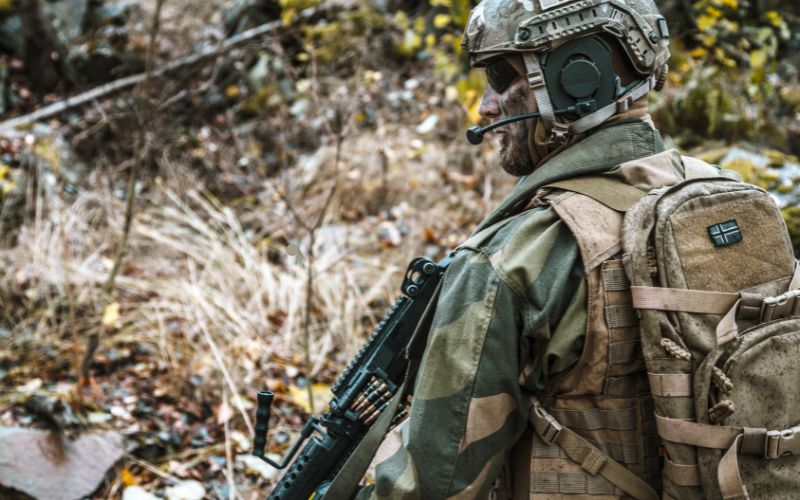
The world’s strongest fiber, Dyneema®, is an ultra-high-molecular-weight polyethylene (UHMWPE) with outstanding strength and incredibly low weight. Natural hydrophobicity distinguishes Dyneema from Kevlar, as it resists water without any treatment.
Applied in ballistic plates, ropes, and structural panels, Dyneema’s high-performance materials make personal armor systems more innovative and effective. Dyneema can halt high-velocity rounds while being 30–40% lighter than existing materials, which makes it best suited for load-sensitive operations.
6. Polyester: Functional and Inexpensive
While often overshadowed by nylon, polyester remains a vital fabric in tactical applications. While it is not as abrasion-resistant as nylon, polyester is superior in color hold, UV resistance, and water resistance. It’s also less expensive, making it a good option for beginner-level tactical gear or equipment that won’t be exposed to heavy wear.
Applications are varied and include outerwear, rain covers, and soft gear, where freedom of shape and environmental resistance are more important than tensile strength.
7. Ripstop Fabric: Designed to Avoid Failure
Ripstop is a weaving method and not a material. While it is generally applied to nylon or polyester, ripstop fabrics utilize a crosshatch weave of reinforcing threads at intervals. Such a weave has the effect of stopping small tears from enlarging, which is why it can be used in field uniforms, tents, and equipment subject to sharp or abrasive environments.
Ripstop’s strength and lightness make it a staple in tactical clothing, offering a balance between ruggedness and agility.
8. Neoprene: Functional Flexibility
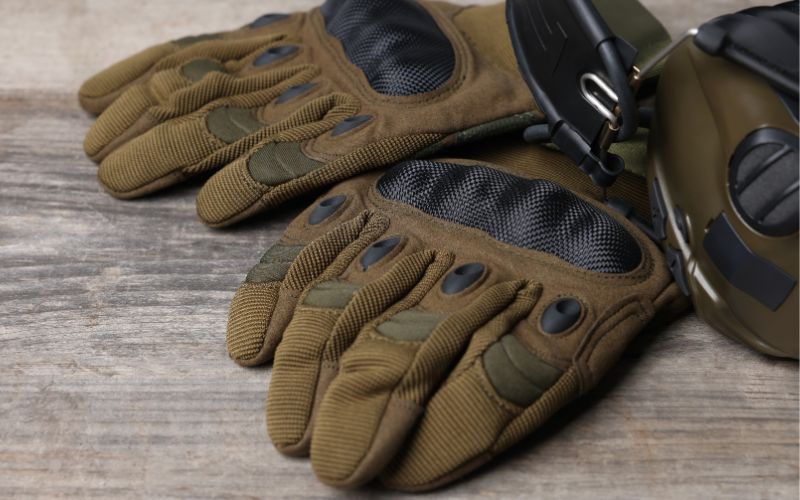
Neoprene is a synthetic rubber used where flexibility, insulation, and protection are needed. It’s commonly found in tactical gloves, weapon slings, and knee pads due to its ability to cushion impacts while offering a snug, comfortable fit.
Its resistance to moisture and chemicals also makes neoprene valuable in marine or wet environments, further extending the versatility of tactical equipment.
9. Thermoplastics: Molded for Tactical Precision
Thermoplastics, such as Kydex and ABS, play a crucial role in the rigid structure of holsters, sheaths, and hard gear inserts. Kydex, in particular, is favored for firearm retention systems due to its ability to retain shape, resist heat and impact, and offer custom molding.
These plastics offer a low-profile, durable alternative to metal or leather, providing silent draws and a consistent fit, which is essential in tactical engagements where precision and speed are critical.
10. Spacer Mesh and Ventilation Linings
Comfort is often overlooked but crucial in the long-term wear of tactical equipment. Spacer mesh and ventilation fabrics help regulate heat and moisture, reducing fatigue and skin irritation. Found in the interior linings of plate carriers, backpacks, and helmets, these materials enhance airflow while maintaining structural integrity.
Modern spacer fabrics often incorporate antimicrobial treatments to prevent odor and bacterial growth during prolonged use in the field.
Final Thoughts
Choosing the right tactical gear starts with understanding what it’s made of. Material composition has a direct influence on performance, protection, and comfort. While advanced designs and smart engineering matter, the foundation lies in fabric — and that foundation must be mission-ready.
Whether it’s the ultra-tough weave of ballistic nylon or the cutting-edge protection of Dyneema, every material has a purpose. Equip yourself with knowledge before you gear up — your performance in the field may depend on it.
Frequently Asked Questions
What is the best material for tactical backpacks?
1000D nylon or Cordura is widely regarded as the best due to its exceptional durability and abrasion resistance.
Is Kevlar completely bulletproof?
Kevlar is bullet-resistant, not bulletproof. Its effectiveness depends on layering, design, and the velocity of the projectile.
How does Dyneema compare to Kevlar?
Dyneema is lighter and more water-resistant than Kevlar, with comparable — and in some cases superior — ballistic performance.
